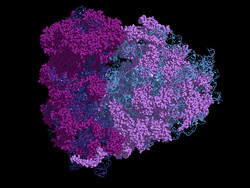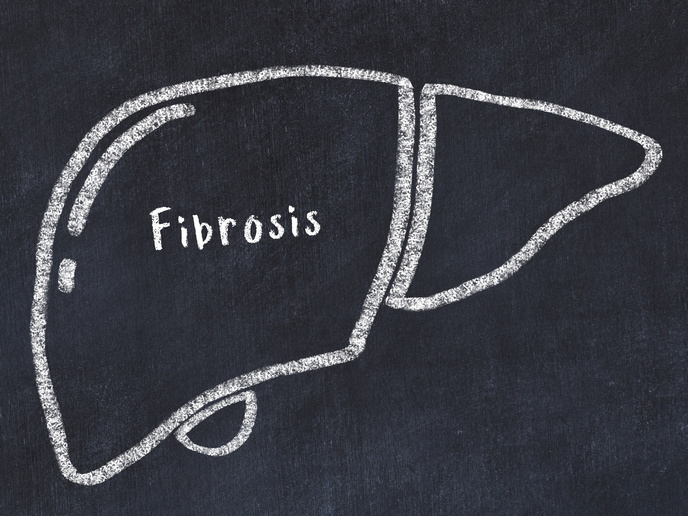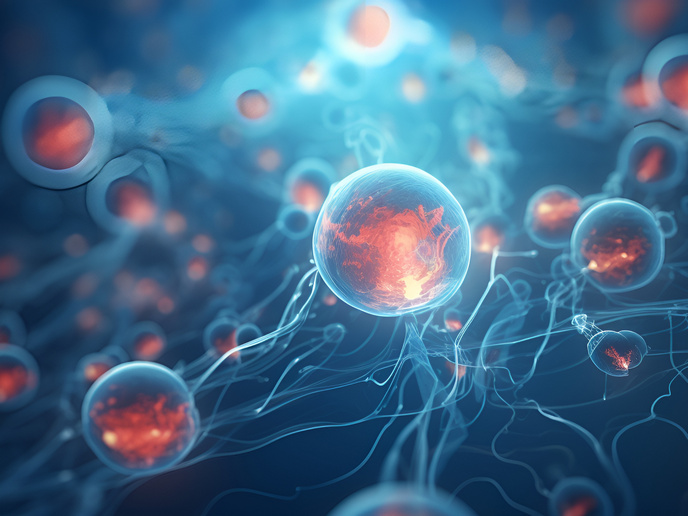Insight into ribozyme structure
Ribozymes are RNA molecules capable of catalysing specific biochemical reactions in a way similar to protein enzymes. The discovery of the human CPEB3 ribozyme, related to the hepatitis delta virus, was an enormous breakthrough and opened up new research avenues. Divalent metal ions exhibit an important structural and/or catalytic role in the function of many proteins and RNA, including proper folding. However, detailed information on the precise mechanism underlying metal ion function is lacking. The scope of the EU-funded HUMANRIB (HumanRib: Metal ion binding - structure - function relations of the human CPEB3 ribozyme) project was to understand the mechanism of action and study the structure-function relationship of the CPEB3 ribozyme. Research activities included elucidation of the importance of metal ions in ribozymes. To address this issue, scientists obtained high-resolution nuclear magnetic resonance structures of several parts of the CPEB3 ribozyme and characterised the binding sites. This allowed them to define the structural and thermodynamic changes within the ribozyme upon addition of divalent Mg2+ metal ions, the natural cofactor of CPEB3. Study results indicate that the CPEB3 ribozyme adopts its global fold in monovalent ions alone, but that Mg2+ binding to several sites is required to fully form the active site and the compact native structure. In addition, the complete predicted tertiary structure formed only in the presence of Mg2+. Taken together, the findings of the HUMANRIB study illustrate the importance of Mg2+ ions in ribozyme inherent structure and catalytic function. Apart from fundamental knowledge on this new class of RNA molecules, these results provide insight into their evolutionary background.







